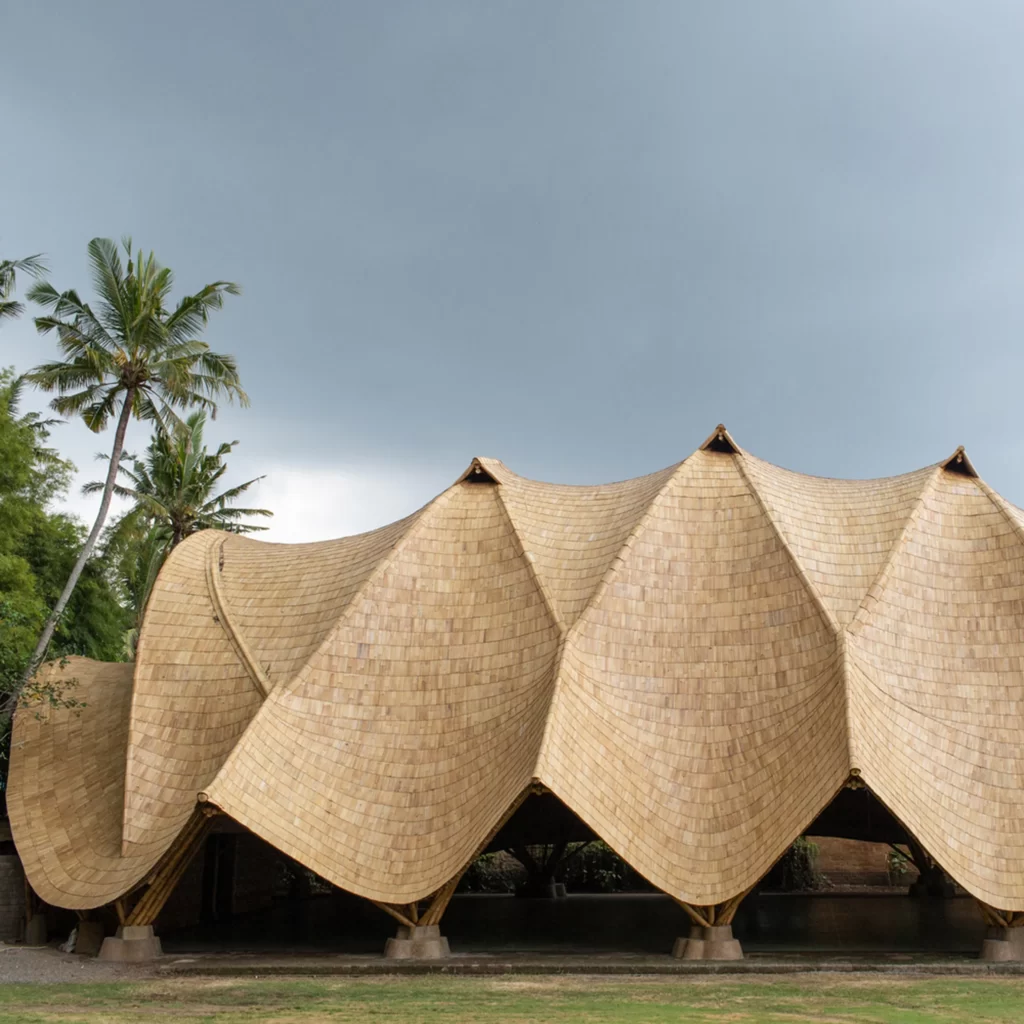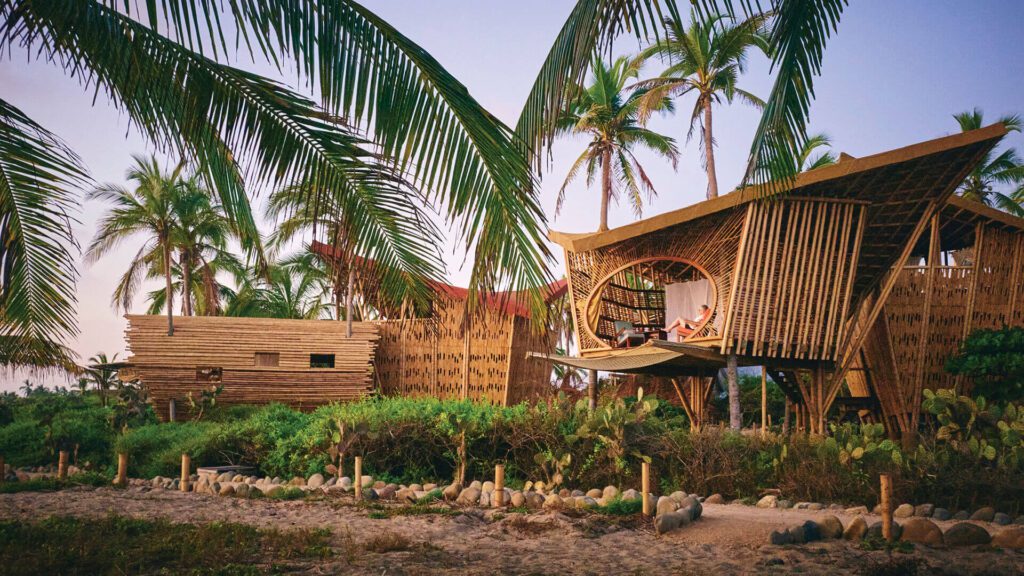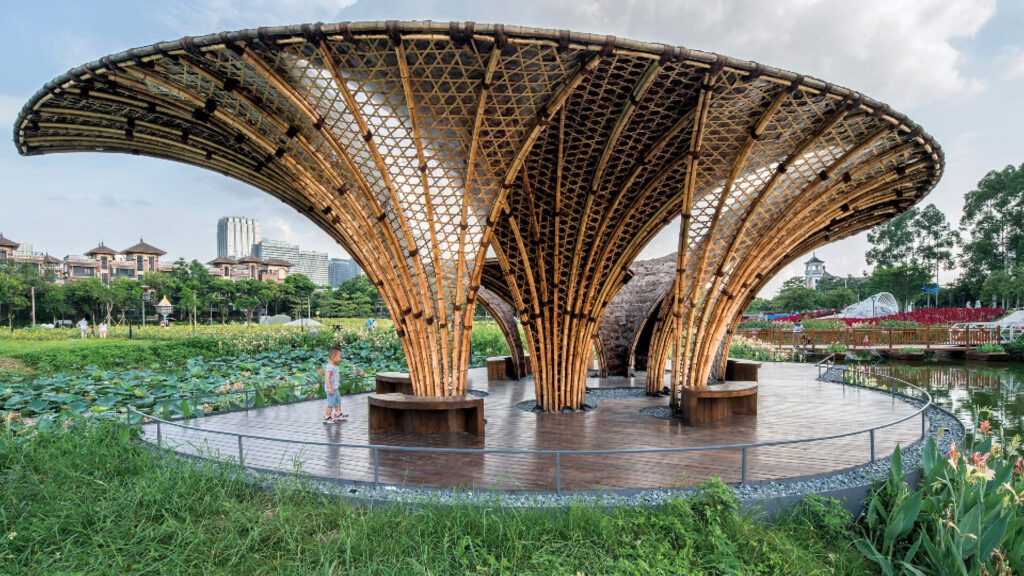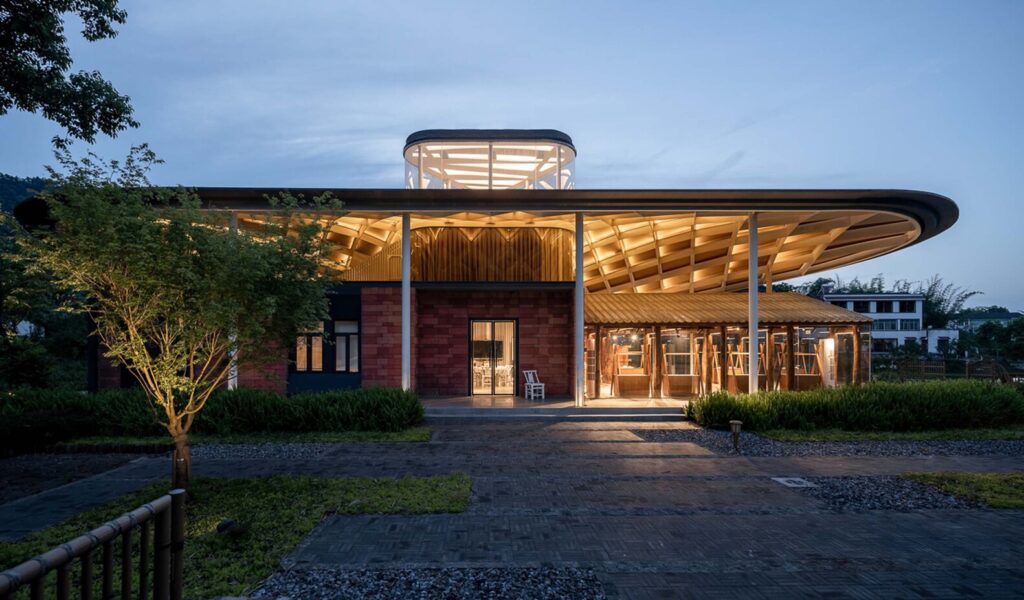Bamboo in construction has emerged as a sustainable and versatile material in the field of construction, offering numerous benefits and opportunities for innovative design. With its strength, durability, and eco-friendly characteristics, bamboo has gained popularity as an alternative to traditional construction materials. In this article, we will explore the various applications and advantages of using bamboo in construction, highlighting its sustainability, structural properties, and aesthetic appeal.
1. Sustainable Material:
One of the key advantages of using bamboo in construction is its sustainability. Bamboo is a rapidly renewable resource, with some species growing at a remarkable rate of up to 1 meter per day. Unlike traditional timber, which takes decades to mature, bamboo can be harvested within 3-5 years, making it an environmentally friendly choice. Additionally, bamboo does not require replanting as it regenerates from its existing root system, further reducing its environmental impact.

2. Strength and Durability:
Contrary to its lightweight appearance, bamboo possesses remarkable strength and durability. It has a higher tensile strength than steel, making it an excellent choice for structural elements in construction. Bamboo’s natural fibers are densely packed and interlocked, providing superior strength and resistance to compression, bending, and tension. When properly treated and maintained, bamboo structures can have a lifespan comparable to that of traditional building materials.

3. Flexibility in Design:
Bamboo’s inherent flexibility allows for creative and versatile design possibilities. Its cylindrical shape and hollow structure make it easy to cut, shape, and join, enabling the construction of curved or intricate structures. Bamboo can be used in various applications, including roofing, flooring, wall cladding, partitions, and even entire building structures. Its versatility in design makes it a favored material for architects and designers seeking sustainable and visually appealing solutions.

4. Thermal and Acoustic Properties:
Bamboo exhibits excellent thermal and acoustic properties, making it suitable for creating comfortable and energy-efficient spaces. Its natural insulating properties help regulate indoor temperatures, reducing the need for excessive heating or cooling. Additionally, bamboo’s fibrous structure absorbs sound waves, reducing noise pollution and enhancing acoustic comfort within buildings. These properties contribute to energy savings and create a pleasant living or working environment.

5. Aesthetic Appeal:
Bamboo’s natural beauty adds an element of elegance and warmth to any architectural design. Its light color, unique grain patterns, and smooth texture create a visually appealing aesthetic that blends well with both traditional and contemporary styles. From bamboo flooring and furniture to decorative elements such as screens and panels, bamboo can enhance the overall visual appeal of a space, adding a touch of nature and sophistication.

6. Environmental Impact:
Choosing bamboo as a construction material can significantly reduce the environmental impact of a project. As a rapidly renewable resource, bamboo helps conserve forests and reduce deforestation. Its cultivation requires minimal water and does not require the use of harmful pesticides or fertilizers. Furthermore, bamboo plants contribute to carbon sequestration, absorbing more carbon dioxide from the atmosphere compared to other tree species.

In conclusion, bamboo offers numerous advantages as a sustainable and versatile material in construction. Its strength, durability, flexibility, thermal and acoustic properties, aesthetic appeal, and positive environmental impact make it an attractive choice for architects, builders, and homeowners. By incorporating bamboo into construction projects, we can create environmentally friendly structures that are not only visually appealing but also contribute to a more sustainable future.
